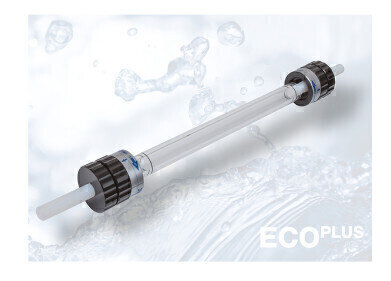Bioanalytical
Are Your Crisps Safe? — Chromatography Explores
May 24 2017
Are you a crisp person? Are you helping to drive the resurgence in the popcorn market with its low-fat appeal and new exciting flavours? Or are you a traditionalist who likes pork scratchings and nuts. Whichever savoury snack takes your fancy you are not alone.
In the UK alone, the savoury snack industry is estimated to be worth almost £3,000 million per year. That’s an awful lot of crisps, popcorn and nuts produced by over 170 companies employing over 10,000 people. A significant proportion of those sales come from the crisp market, but how safe are our crisps? A recent report by the Changing Markets Foundation suggests that some of our favourite crisps are not as safe as we might think. Who are Changing Markets and what did they find?
Changing the market
Changing Markets Foundation was formed by Joakim Bergman and Paul Gilding — campaigners on environmental and social issues. The foundation was formed to support campaigns that aim to accelerate and scale up solutions to sustainability issues. They work in partnership with NGOs and research organisations to actively change the market for unsustainable products to environmentally and socially beneficial products. But why crisps?
It’s to do with acrylamide
Acrylamide — or prop-2-enamide — is a chemical found in cigarette smoke and starchy foods that have been cooked at high temperatures. It is not naturally present in the foods but forms when the amino acid asparagine and sugars react at high temperature. So, slices of potato fried in hot oil are prime candidates to contain acrylamide.
It has probably always been present in cooked foods, but was only detected in cooked foods in 2002. In animal studies, high doses of acrylamide caused cancer. Subsequently, regulatory bodies in the USA and Europe have noted acrylamide as a health concern when it is in food.
Acrylamide in crisps
The Changing Markets Foundation study identified high levels of acrylamide in 17 per cent of crisp varieties they tested. The study sampled 92 potato based snacks from many different manufacturers. The crisps with the highest levels of acrylamide were made by Tyrrells and were ‘Sweet Potato lightly sea salted crisps’ — they had an acrylamide level of 2483.6 µg/kg, significantly higher than the snacks with the lowest concentration.
In a press release, Changing Markets Foundation state:
“Industrially prepared food is the biggest source of consumer exposure to this carcinogen and only immediate introduction of legally binding limits will guarantee that industry does its job and that consumers don’t have to worry about acrylamide in their food.”
The tests were carried out by an independent lab using gas chromatography – mass spectrometry. Recent improvements to silica particles has improved the performance of columns as discussed in the article, An Introduction to the Concept of Monodensity in Silica Particles and its Effect on Chromatographic Performance.
Events
May 11 2025 Vienna, Austria
May 18 2025 Tempe. AZ, USA
May 21 2025 Birmingham, UK
Jun 01 2025 Baltimore, MD, USA
Jun 15 2025 Bruges, Belgium














